
Recommendation
Migration patterns have shifted dramatically in recent years. Asylum seekers now are traveling farther and in larger numbers than ever before. Meanwhile, European leaders have failed to respond adequately to the growing numbers of refugees arriving at their borders. According to Solveigh Hieronimus, a partner at McKinsey & Company, the influx of refugees could generate enormous revenues, but only if European nations integrate the new arrivals into society quickly and seamlessly. getAbstract recommends Hieronimus’s data-rich report to policy makers, civil society groups focused on assimilation and European citizens concerned about the welfare of incoming refugees.
Summary
About the Speaker
Solveigh Hieronimus is a partner at McKinsey & Company, where she leads work on refugees and migration.


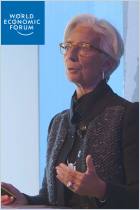
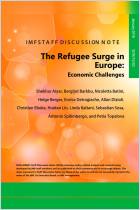
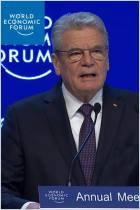

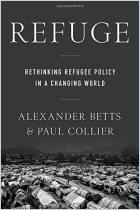
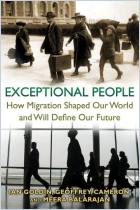



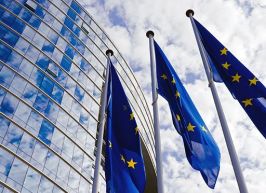
Comment on this summary